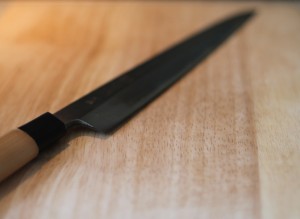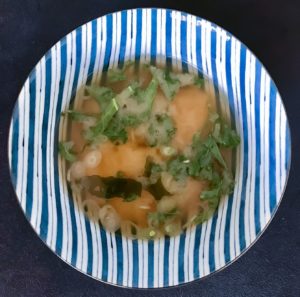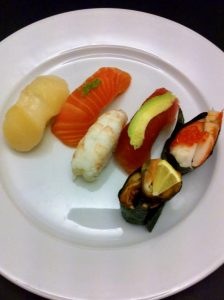
Yes there is a very big difference between soy sauce.
In Japan, soy sauce is used as a spice it is a way of seasoning the dish food and give it the final finish.
In Japan, soy sauce is not just soy sauce. There are as many different kinds soy sauce just as many as the cheese shelf in an European supermarket. When the Japanese select a soy sauce they first look at the following,
Which dish should the soy sauce be used?
What other spices are used to taste the dish?
How powerful or mild is the dish?
This is because the Japanese want to use a soy sauce that highlights the right qualities without being dominant. It also means that it does matter which soy sauce is used for sushi.
At Sushi course for beginners I talk more about which Japanese soy sauce best suits sushi.
_
Zoë has held sushi courses and cooking classes for A. P. Moller – Maersk, Hugo Boss Nordic, Novo Nordisk, Novartis, Velux, Gorrissen Federspiel, Beierholm revision, Elbek & Vejrup and many more.







